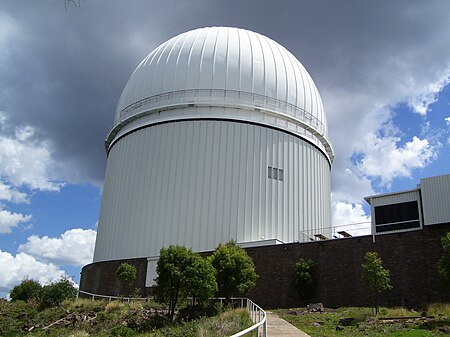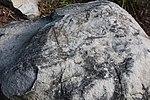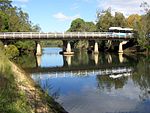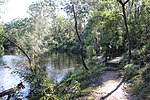Australian Astronomical Observatory

The Australian Astronomical Observatory (AAO), formerly the Anglo-Australian Observatory, was an optical and near-infrared astronomy observatory with its headquarters in North Ryde in suburban Sydney, Australia. Originally funded jointly by the United Kingdom and Australian governments, it was managed wholly by Australia's Department of Industry, Innovation, Science, Research and Tertiary Education. The AAO operated the 3.9-metre Anglo-Australian Telescope (AAT) and 1.2-metre UK Schmidt Telescope (UKST) at Siding Spring Observatory, located near the town of Coonabarabran, Australia. In addition to operating the two telescopes, AAO staff carried out astronomical research, and designed and built astronomical instrumentation for the AAT, UKST, and other telescopes including the European Southern Observatory (ESO)'s Very Large Telescope in Chile, and the Japanese Subaru Telescope on Mauna Kea in Hawaii. UK involvement in the AAO ceased in June 2010, with the change of name and management arrangements effective from 1 July 2010.
Excerpt from the Wikipedia article Australian Astronomical Observatory (License: CC BY-SA 3.0, Authors, Images).Australian Astronomical Observatory
Delhi Road, Sydney North Ryde
Geographical coordinates (GPS) Address Nearby Places Show on map
Geographical coordinates (GPS)
| Latitude | Longitude |
|---|---|
| N -33.79621012 ° | E 151.14511752 ° |
Address
Delhi Road 105
2113 Sydney, North Ryde
New South Wales, Australia
Open on Google Maps






